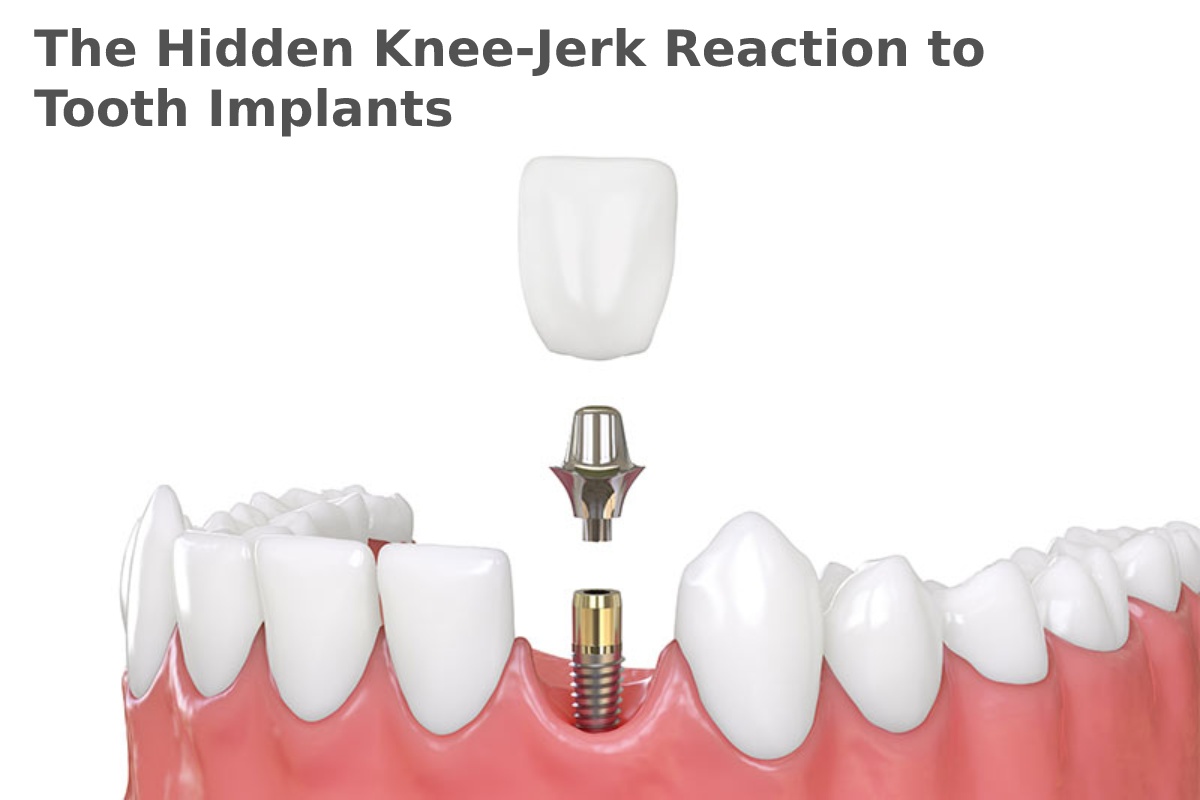Introduction
Orthotic soles are prescription medical devices worn inside shoes to correct foot problems and relieve pain. Orthopedic insoles can be the solution to repair injuries and improve posture. It is essential to go to a professional who studies the footprint to personalize them to each patient.
They are custom-made to fit your feet and designed to last a long time over several years. They are removable so that they can be combined with different pairs of shoes.
A qualified podiatrist, who works in a specialized orthopedic service, must prescribe orthopedic insoles. In this sense, a correct prescription requires a detailed evaluation of the biomechanical dysfunction of the foot and an analysis of the effect on gait.
Orthotic Vs. Insoles Vs. Shoe Inserts
Although many people use these terms interchangeably, shoe inserts aren’t exactly the same as orthotics. You may think that they’re the same, but they have defined differences. If you are uncertain about the difference between shoe inserts, orthotics, and other foot care products, check out Lifebalance.ae for more information. Orthotics are prescription devices designed to help correct foot problems, while shoe inserts are only meant to make your shoe more comfortable. That said, anyone with biomechanical foot issues will be more pleased with orthotics than regular insoles or inserts. Shoe inserts and insoles are available in many different forms and designs and are readily available over the counter. Anyone looking to correct overpronation or other feet problems may have to get custom orthotics. The Orthotic Shop, experts in orthotic support, outline below the different types of orthotic soles.
Over-The-Counter
Also known as aftermarket inserts, you don’t need a podiatrist or doctor’s prescription to use or buy one. OTC inserts come in both full and short-length designs.
Short-Length (Partial)
Partial shoe inserts come in many forms, ranging from heel lifts, heel cups, short insoles, and metatarsal pads.
– Heel cups: Heel cups are designed to absorb shock while walking, especially for individuals with heel pain. These inserts can either be made of soft plastic or gel. Individuals suffering from plantar fasciitis should only use heel cups during an emergency before getting proper treatment.
– Heel lifts: As the name suggests, heel lifts are meant to raise your heel height to reduce pressure off of a strained Achilles tendon or injured calf muscle. It would be advisable to use identical heel lifts unless when correcting leg-length discrepancies.
– Metatarsal pads: These inserts are typically added to provide additional cushioning under the ball of the foot. The pads should thus be placed just behind the ball of your foot.
– Short insoles: These come in a few different designs, but all end just before the ball of the foot. They are commonly preferred for casual footwear and ballet flats.
Full-length Insoles
These come in a wide variety of designs such as:
– Heat-moldable insoles: Also known as DIY insoles, heat-moldable insoles are first heated in the oven then molded according to the contours of your feet. The mold helps fix biomechanical irregularities of your foot. They thus can be used to correct overpronation, step, and a few other foot problems. Heat moldable insoles aren’t, however long lasting.
– Cushioned insoles: These inserts are made of either gel, foam, or both to provide as much cushioning as possible. Although cushioned insoles may improve your shoe’s comfort, they do not offer arch support. They thus should only be used to relieve pain temporarily before getting the right orthotics.
– Arch-support insoles: These inserts are designed to correct pronation issues and improve your foot’s biomechanics. Some of the best arch-support insoles have precision sizing and multiple arch heights. Arch-support inserts offer the desired support and comfort, hence recommended to get some.
– Orthopedic Insoles (Custom Orthotics)
Orthopedic insoles (or custom orthotics) are constructed specifically for your feet, hence have to be prescribed by a podiatrist or doctor. There are two types of orthotic insoles, namely:
Accommodative Orthotics
These orthotic insoles are designed for individuals suffering from painful calluses under their feet or diabetic foot ulcers. They offer the desired support and cushioning when cross-fitted.
Functional Orthotics
These orthotics are designed to treat foot injuries and pain and control abnormal foot motion. Functional orthotics are made of semi-rigid materials (carbon fiber and plastic) for optimal arch support. According to William R. Olson, functional orthotics help position the foot precisely and accurately through the gait cycle, thus promoting proper function.
Although going to the podiatrists’ clinic physically will help them create the perfect functional orthotics for your feet, you could still try mail-order custom orthotics as well. The second option requires you to take an impression of your foot (in a compressible foam), which will allow the pedorthist or podiatrist to create a 3D model of your foot. You thus need to ensure you are working with a professional podiatrist before making a mail custom order.












